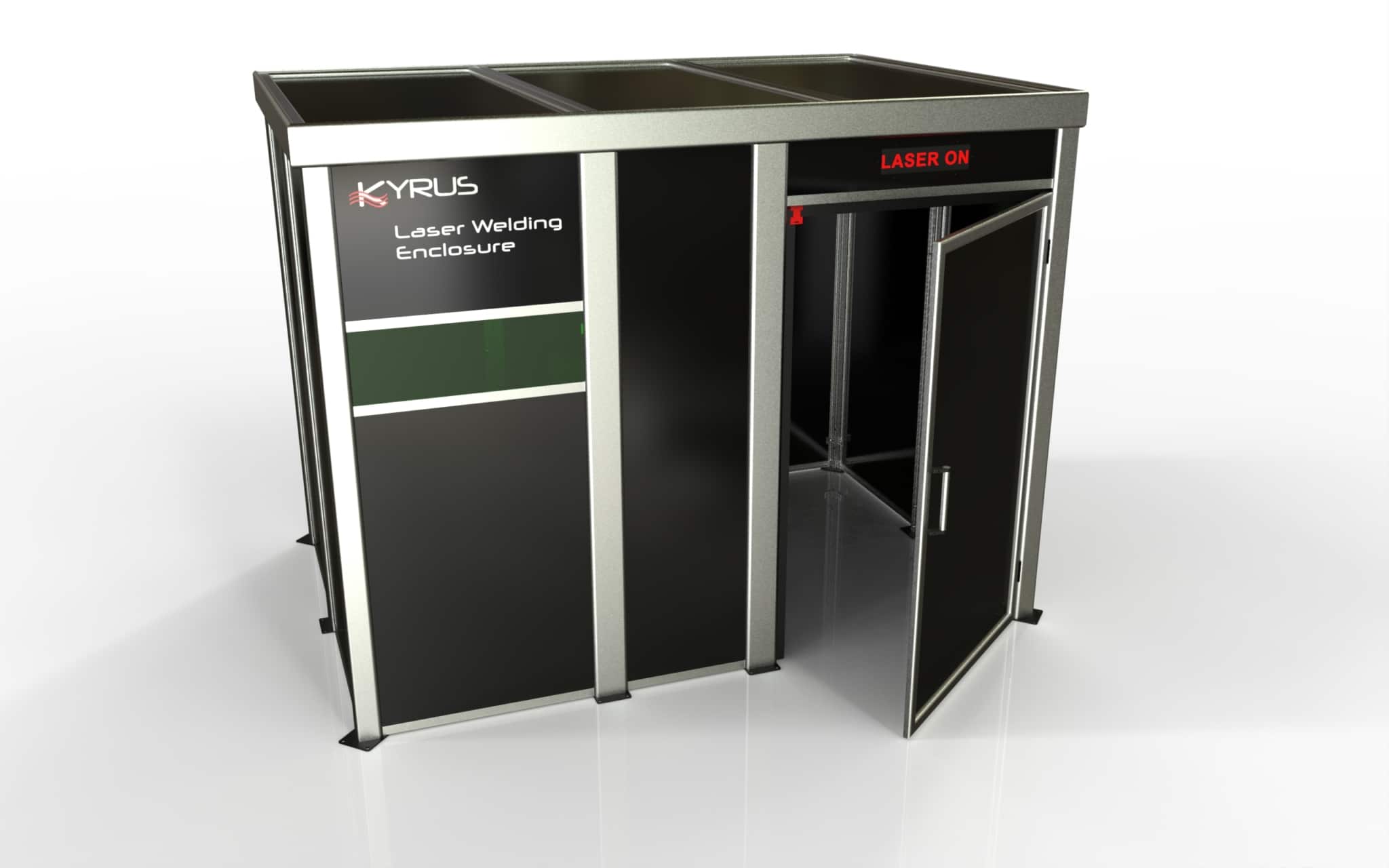What are the laws and legislation around class 4 handheld laser welders in the UK?
When using a class 4 handheld laser welder the legal responsibilities of both the employer and employee are set out in the following standards:
The Health and Safety at Work Act (HASAWA) 1974 is the primary UK legislation for workplace health and safety. It sets out the general principles for creating and maintaining a safe and healthy workplace and outlines the duties of employers and employees.
In summary, this Law states that it is the employer's duty "to safeguard so far as reasonably practicable the health, safety and welfare of employees and others affected by the work". It is also the employee's duty "To take reasonable care for the safety of themselves and others; to cooperate; not to be reckless".
The Provision and Use of Work Equipment Regulations 1998 (PUWER) is a set of regulations that require employers to provide and maintain safe equipment for use in the workplace and ensure that employees are competent to use it. It covers all equipment used for work purposes, including hand tools, ladders, hoists, and vehicles. It also requires employers to conduct regular risk assessments and provide training and instruction to employees on the safe use of equipment.
In summary, the Provision and Use of Work Equipment Regulations 1998 (PUWER) would require the employer to provide information, instruction, and training to the employee on how to safely use the laser welder. This would include the appropriate safety equipment, such as eye protection, protective clothing, and laser welding enclosure, as well as how to set up and operate the equipment correctly. The employer would also need to carry out regular risk assessments to ensure the safety of employees when using the laser welder.
Management and use of work regulations 2009 is a set of regulations that require employers to assess and manage the risks to the health and safety of their employees. It requires employers to identify and assess all potential hazards in the workplace and put in place appropriate control measures to reduce or eliminate the risk. It also requires employers to provide suitable information, instruction, and training to their employees on health and safety matters, and to appoint a competent person (Laser safety officer) to oversee the management of health and safety in the workplace.
The Management of Health and Safety at Work Regulations 2009 (MHSWR) provides more detailed guidance on how employers must manage health and safety in the workplace, including the risks associated with lasers. The MHSWR requires employers to assess the risks posed by laser radiation and to ensure that adequate control measures are in place to protect workers.
In summary, The Management of Health and Safety at Work Regulations 2009 (MHSWR) would require the employer to identify and assess any risks associated with using the laser welder, such as the risk of eye damage or burns from the laser beam. The employer would then need to put in place appropriate control measures, such as the provision of eye protection, protective clothing, and training on the safe use of the laser welder. The employer would also need to appoint a competent person (Laser safety officer) to oversee the management of health and safety in the workplace.
The Control of Artificial Optical Radiation at Work Regulations 2010 (AOR Regs) is a set of regulations that sets out the requirements for controlling risks from artificial optical radiation (AOR), such as laser beams, in the workplace. It requires employers to assess and manage the risks of AOR to ensure the safety of employees and other persons in the workplace. It also sets out requirements for the provision of protective clothing, eye protection, and information and training on the safe use of AOR equipment.
In summary, the Control of Artificial Optical Radiation at Work Regulations 2010 (AOR Regs) would require the employer to assess the risks associated with using the laser welder and put in place appropriate measures to control them. This would include the provision of protective clothing, such as goggles and face shields, a laser welding enclosure, and eye protection, as well as training on the safe use of the laser welder. The employer would also need to provide information on the risks and control measures to employees and other persons in the workplace.
BS EN 60825 Parts 1 and Part 2 are two standards that set out the safety requirements for the use of lasers in the workplace. Part 1 sets out the requirements for the design, construction, and testing of laser equipment, and Part 2 sets out the requirements for the safe use of laser equipment. These requirements include the provision of appropriate protective equipment, such as eye protection, protective clothing, and laser welding enclosure, as well as training on the safe use of lasers. The standards also set out requirements for the management of the risks of lasers, including the conducting of regular risk assessments.
The information contained in this article is intended for general guidance only and does not constitute technical or legal advice. While we have taken care to ensure the accuracy and reliability of the information provided, Kyrus does not accept any responsibility for any errors or omissions in this publication. Any use made of the information contained within this article is done so at the user’s own discretion and Kyrus does not accept any liability for any consequences that may arise from its use.
